OxReGen: Creating Energy Supply for Off-Grid Communities
Energy policies are one of the most discussed topics in the current political and social discourse. When we think of such, mainly three topics come to our mind: security of supply and strategic independence from foreign players such as Russia, China, but also the U.S.; affordable prices; and (more or less) ambitious climate protection plans.
A central element of the discussion are renewable energy sources such as solar and wind. While some parts of society see them as a clean and cheap energy supply allowing us strategic independence, other parts prefer more conventional supply systems.
Change of scenery. Terrorist attacks, piracy, and poverty – are still problems the Federal Republic of Somalia has to deal with, despite improvements in recent years. In terms of energy policy, only the main cities of the country are connected to localised grids and have a stable supply. Many rural areas are still disconnected. Here, renewable energies suddenly provide a different perspective than in the West: creating a basic supply for regions that have been disconnected so far.
While Somalia is quite a windy country, traditional wind power plants face two main problems: first, high maintenance efforts, and second, a needed connection to the electrical grid. Both problems are solved in the approach taken by the Startup OxReGen.
In today’s third edition of The-Energy-Newsletter, I am happy to talk to Sally Lord and Finlay Ryburn, who are co-founders of OxReGen and are doing their Ph.D.s in condensed matter physics at the University of Oxford.
Why did you Start the Project?
The idea about wind energy came from our Ph.D. supervisor who, back in 2009, patented an electronic circuit that can control an induction motor to turn it into a generator. Around this time, our supervisor built a prototype 10 kW wind turbine, using this technology at this family home in Ireland to provide domesti water heating.
In 2020, Covid hit and the University closed its labs. In order to use the time, we wanted to see if his idea could make it in the business world. At first, we spoke with a lot of wind energy companies: big ones, such as Siemens, already have their own technology and were not interested in our approach. While smaller companies did not have the money to invest. Our first attempts were quite unsuccessful.
How did you end up in Somalia?
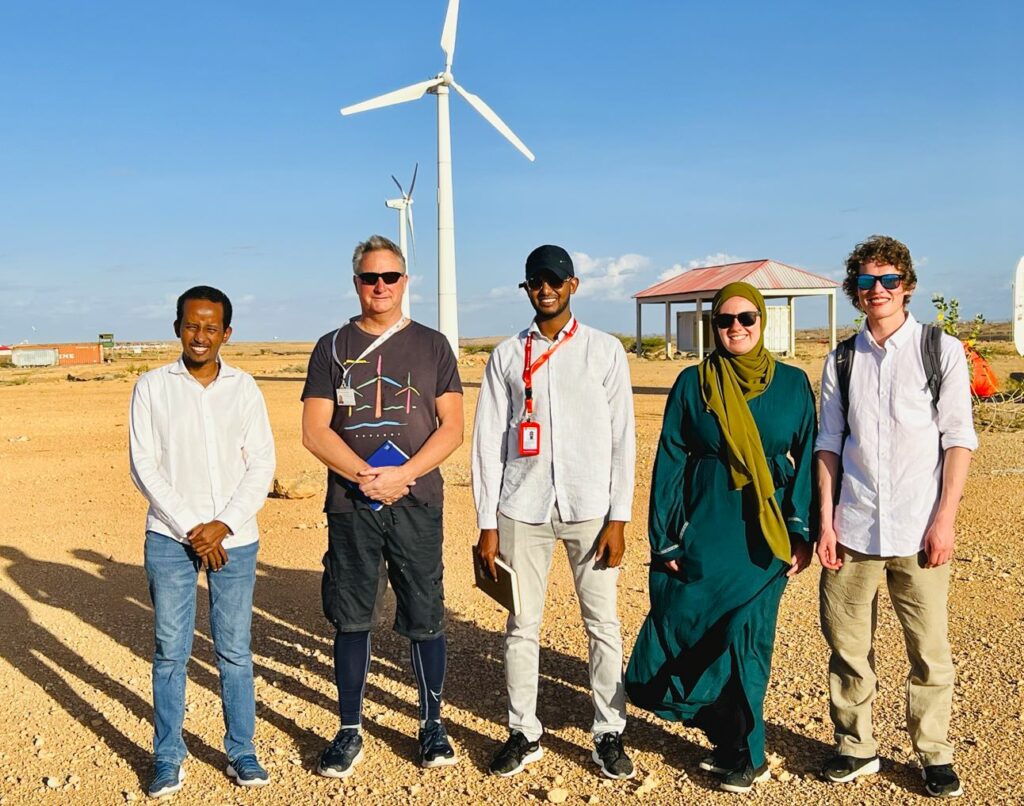
Visit of our team in Qardho, Somalia.
In order to overcome our initial setbacks, we decided to go with the advantages of our technology: it is cheap and simple to build and it is good to use in off-grid settings because some of the commercially available wind turbines need “a bit of juice from the grid” and cannot be completely standalone. So, we identified that off-grid communities are the best to test our new technology. In these regions of the world, there are many NGOs active who could help us push the project forward, while they in turn get more renewables in their portfolio.
Since 2021 we have had a collaboration with Save the Children International. They are working hard to incorporate renewable energy into their projets; however, at present, only solar solutions are avaiable. They were very excited at the propect of being able to add afforable small-scale wind power to their portfolio of solutions.
We applied together with Save the Children International and ÉireComposites, a leading design and manufacturing company in lightweight high-performance composites, for the Innovate UK Energy Catalyst Grant (Round 9) in 2022. The grant is designed for rather risky proof-of-concept projects and was ideal for our needs. While the prototype in Ireland already existed, it was limited to the application of domestic water heating and would benefit from further simplification to the mechanical design. In addition, ÉireComposites would work with us to develop high-quality self-starting blades for the wind turbine.
We were delighted to learn in October 2022, that we had won the Energy Catalist grant funding. This project was set to expand the applications of the technology, by incorporating a mini-grid, and take place in sub-Saharan Africa: we looked into the countries in which Save The Children International is active and discovered that Somalia has the highest potential for onshore wind in Africa.
The State of Affairs
The political situation in Somalia is fairly complicated. The country can be broadly distinguished into three regions: First, Somaliland in the north-west, which is a de facto regime, thus a factually independent yet not internationally recognized country. It is the safest part of Somalia. Second, the southern regions around the capital Mogadishu, which are still pretty unstable, and third, Puntland in the north of the country, which despite some remaining conflicts is quite stable. Our project is located in the small city of Quardho in Puntland.
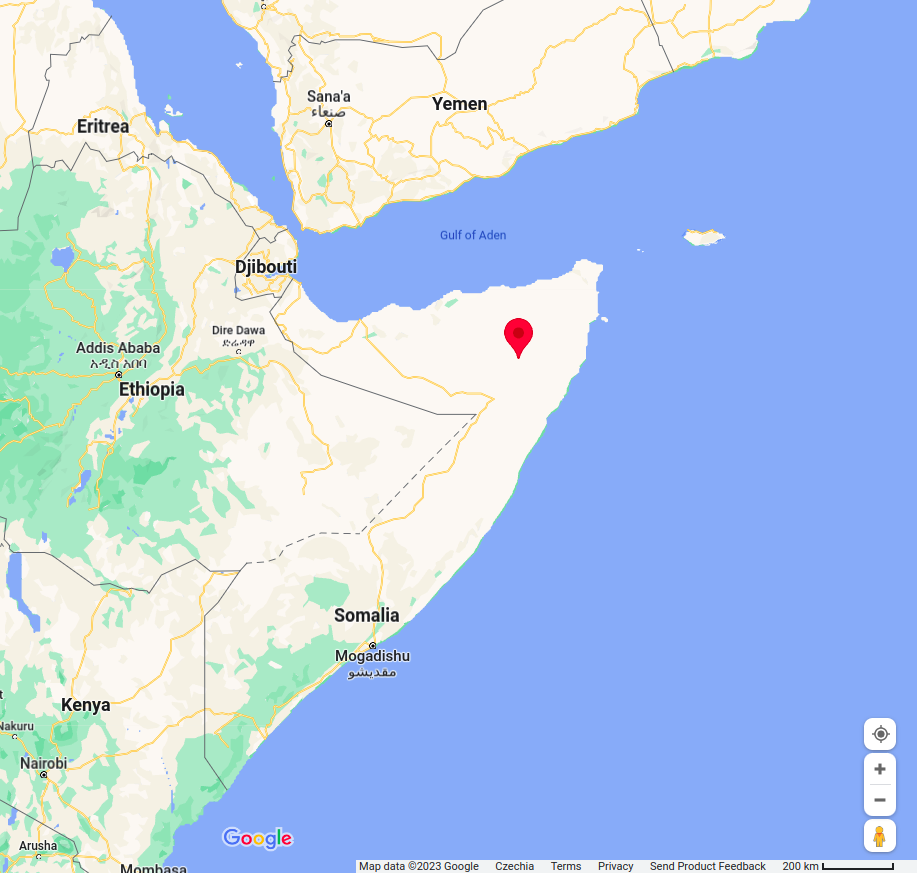
Screenshot from Google Maps
In early 2023, we went for a speedy visit to Qardho. Despite no imminent conflict waiting around the corner, the security situation was still tense and we traveled in a convoy at all times. We spoke to the local Save the Children International team who all were very enthusiastic about the project. One of them told us: “We have a lot of wind here, but nobody uses it”.
In fact, the energy grid of Somalia is completely privatized and only in some cities, is there access to electricity, while the rural areas are disconnected. Electricity is mainly generated from diesel generators from the state company NECSOM in the capital of the Puntland region, Garowe. There are a few solar parks, yet almost no wind energy: in the entire country, only three conventional large-scale wind turbines exist, which were bought second-hand from Denmark. For the construction, a large crane was needed, and there was only one available in the entire country, which needed to be rented for the incredible fee of $50,000 per day.
The Project Realization
Winning the grant in 2022 and visiting the site in Qardho laid the groundwork. Currently, we are pushing forward the construction of our pilot which is planned to be completed by March 2024. Our wind turbine is going to have a peak power of 10 kW, from which we expect about 1 kW of continuous production due to the variability of wind speed.
As we speak, a medical center for women and children has been built and already partially opened in Qardho. We hope to be able to run a vaccine fridge in the hospital and a phone charging station in the waiting areas. While the previous pilot project in Ireland used the energy to heat water, we found that this is not the most effective approach for energy storage in other parts of the world. In our current project, we will build a batery mini-grid for energy storage and connect it to the hospital.
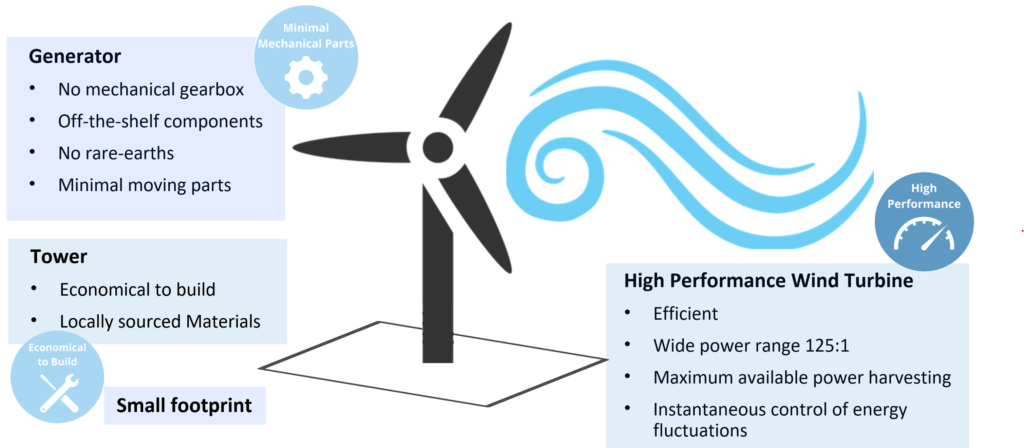
The peak power of our facility is much smaller than that of typical commercially available wind turbines, which can go up to a few megawatts. While this might seem like a disadvantage at first, it brings a few more advantages with it: while, firstly as already mentioned before, we are providing a fully standalone technology without the necessity of being connected to an existing electricity grid, secondly, our wind turbine is only 6 meters tall, with a 3 meter long blade (= 6 m diameter). This allows us to forego heavy machinery in the construction such as the vastly expensive crane. Thirdly, we employ a really cheap and standard 3-phase motor, which are often used to run pumps, that with our patented technology can serve as a generator. All in all, the simplicity of our approach allows for local supply of some parts and an easy installation.
Another usual point of critique of wind power plants is that the rotating parts involved require significant maintenance effort. The central problem can be the mechanic gearbox. In our device, we are using an “electric gearbox”: By changing the values of capacitance, you change the gears, which lowers maintenance significantly. Thus our facility only requires a basic inspection once a year and the application of some grease once in a while.
Did you face any Challenges dealing with Local Authorities?
We did not face any problems starting our work in Somalia. Save the Children International effectively runs the education and health systems of Somalia. The government is very happy about their work and the people are very grateful. Collaborating with them opened the doors for us. The remaining challenge in the project now lies in its execution.
What are Your Future Plans?
We are currently focussed on the project realisation which we expect to be completed by March 2024. The partners involved in Qardho seemed keen to buy more of our wind turbines after the successful realisation of our first pilot there. A more far-reaching idea is to eventually use the energy of our turbines to run desalination plants for freshwater production which were to be built.
Whom to contact?
Are you feeling inspired by this exciting idea and eager to explore more? Reach out to Sally or Finlay for a delightful discussion, or simply visit their project on Linkedin to learn more. Feel also free to explore more about the great work of Save the Children International and of ÉireComposites.

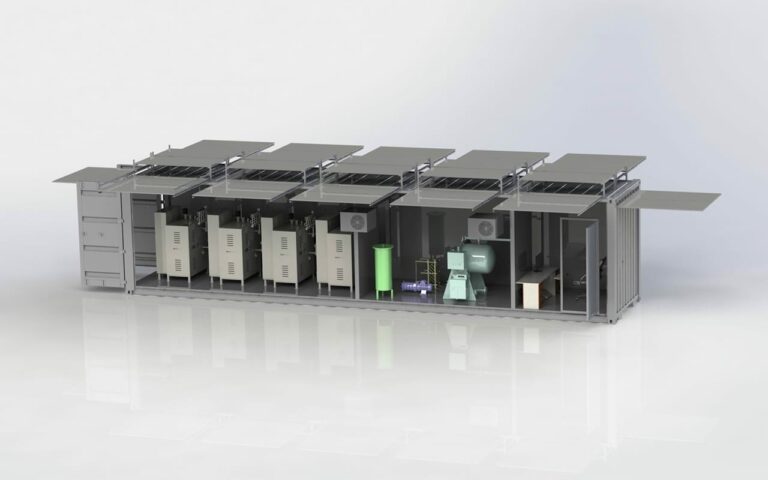
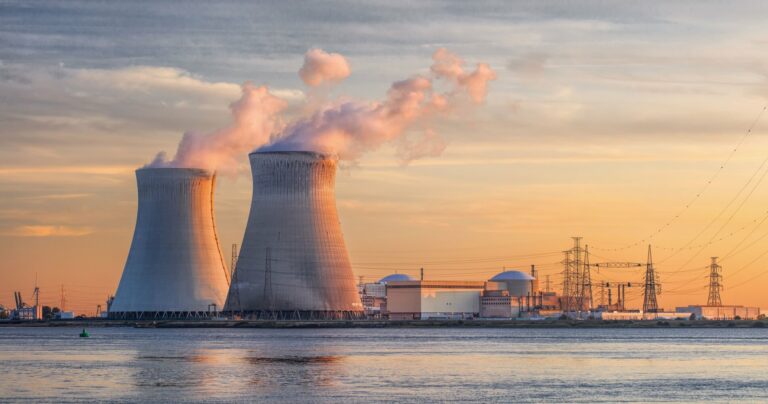
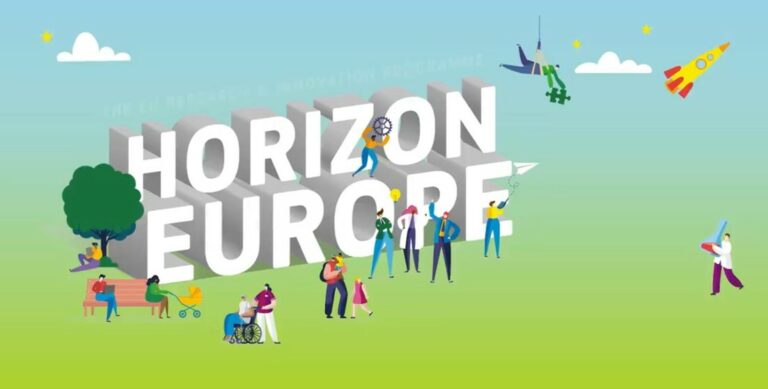
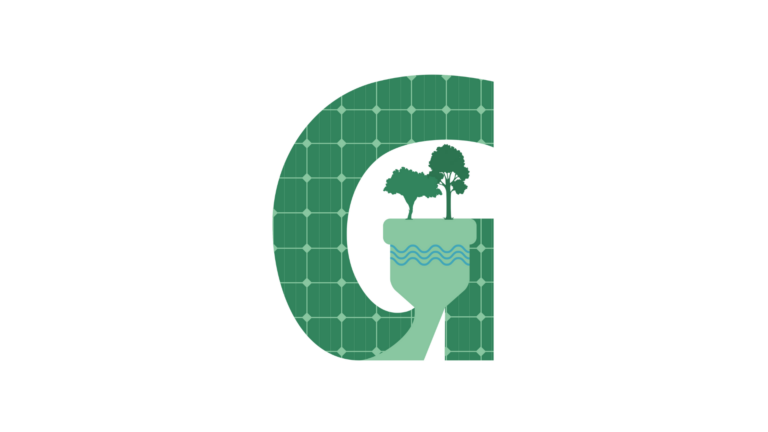


One Comment